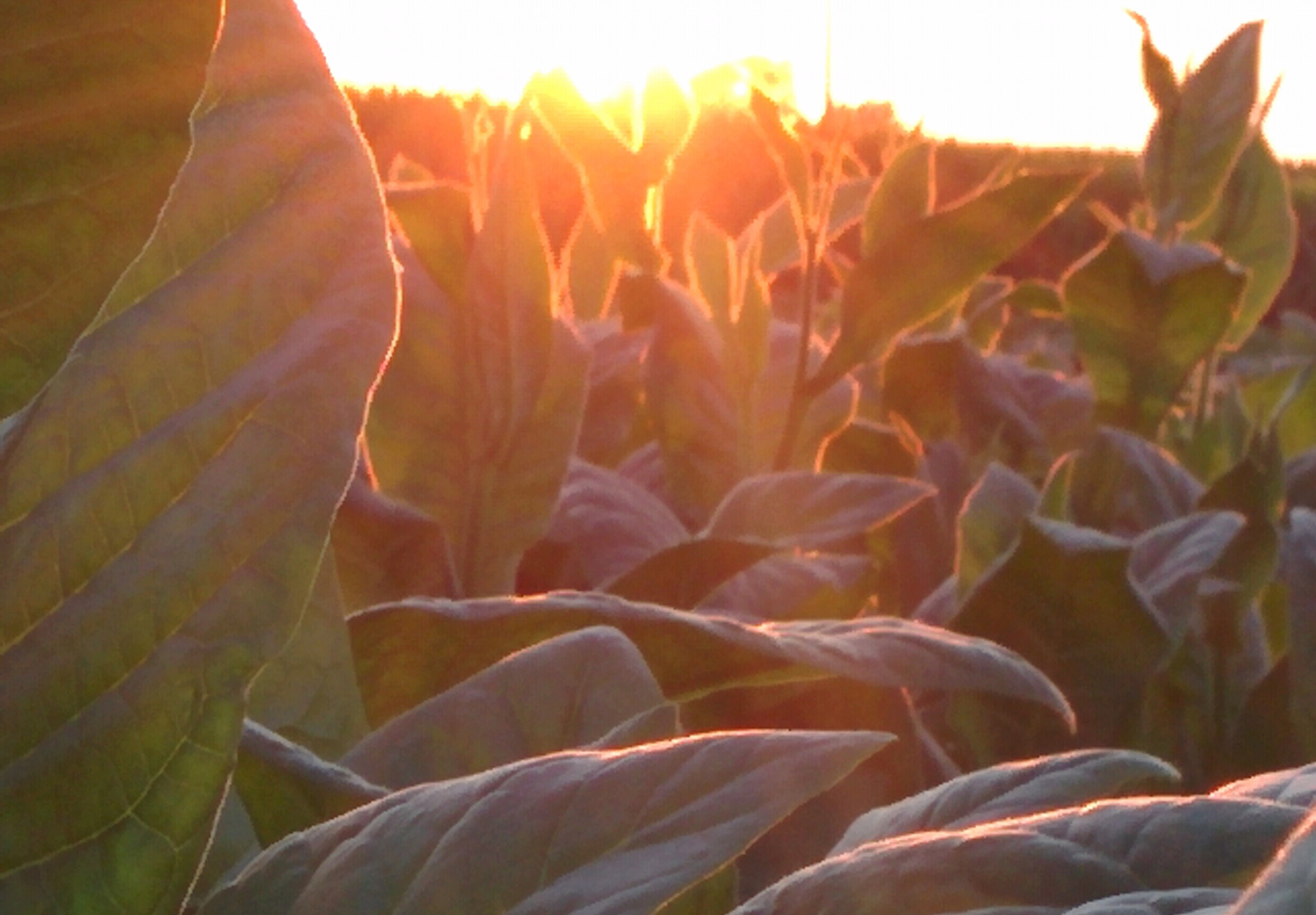A group of researchers from the Realizing Increased Photosynthetic Efficiency (RIPE) Project have recently published a study in the New Phytologist journal, wherein they reveal that manipulating the size of chloroplasts may not be an effective strategy to improve crop photosynthetic efficiency.
“Chloroplast size has various effects on photosynthetic efficiency,” explained Katarzyna “Kasia” Glowacka, Assistant Professor in Biochemistry at the University of Nebraska-Lincoln and the lead author of the study. “However, our research indicates that changes in chloroplast size only have minor impacts on photosynthesis.”
Chloroplasts are organelles located within the leaf cells that facilitate photosynthesis. They absorb light energy through chlorophyll and convert carbon dioxide into carbohydrates, providing essential nutrients for plants. Using a combination of confocal microscopy and field tests, the researchers investigated whether manipulating chloroplast size could enhance photosynthetic performance. Through synthetic biology, they created tobacco plants with both larger and smaller chloroplasts than those found in their wild counterparts.
“There are numerous reasons why chloroplast size could potentially affect photosynthetic efficiency,” stated Stephen Long, the Director of the RIPE Project and the Ikenberry Endowed University Chair of Crop Sciences and Plant Biology at the Carl R. Woese Institute for Genomic Biology, University of Illinois. “However, Kasia’s work demonstrated that altering chloroplast size did not result in improved productivity under field conditions.”
These findings by Glowacka and her team provide valuable guidance for future research conducted by the RIPE Project. By initially testing the effects of chloroplast manipulation on model plants, the researchers can streamline their experiments before moving on to more complex food crops.
“Our results suggest that changing chloroplast size may not yield significant benefits,” Glowacka added. “By narrowing down the possibilities, we can concentrate our efforts where they will have the greatest impact.”
More information:
Katarzyna Głowacka et al, Is chloroplast size optimal for photosynthetic efficiency?, New Phytologist (2023). DOI: 10.1111/nph.19091
Citation:
Researchers determine chloroplast size unlikely option for improving photosynthetic efficiency (2023, June 26)
retrieved 26 June 2023
from https://phys.org/news/2023-06-chloroplast-size-option-photosynthetic-efficiency.html
This document is subject to copyright. Apart from any fair dealing for the purpose of private study or research, no
part may be reproduced without the written permission. The content is provided for information purposes only.



